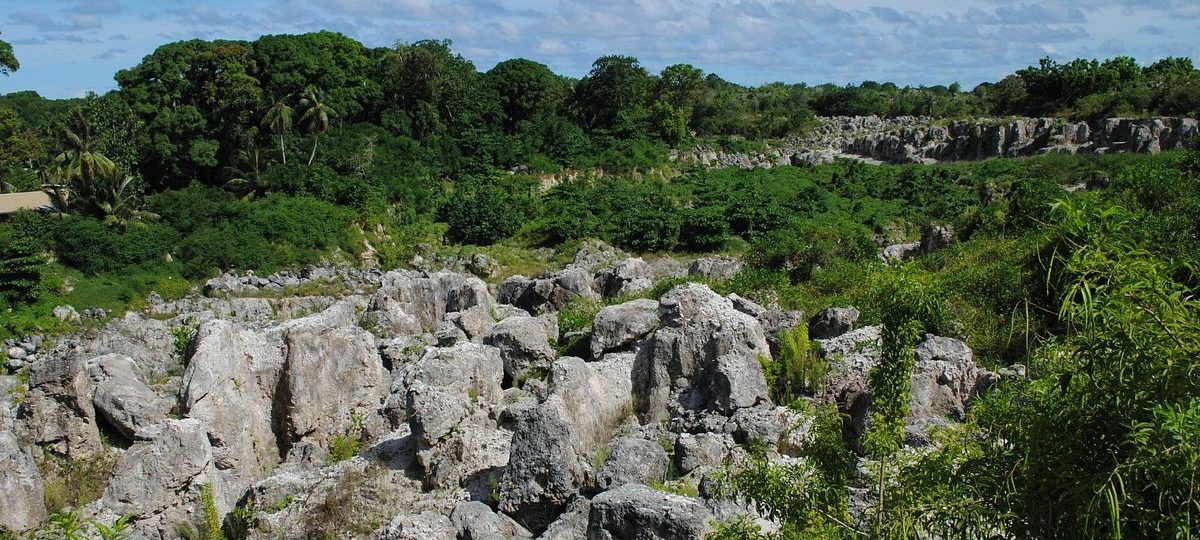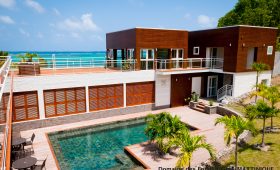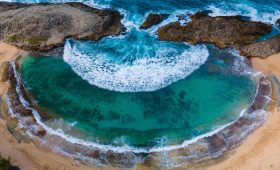Exploring Nauru’s Central Plateau
Visiting Nauru offers a unique glimpse into both its past and present, and the Central Plateau, often referred to as “Topside,” is a key site for understanding this island nation. This area has been the center of phosphate mining for over a century, and while some mining continues, the landscape is now a rugged wilderness of limestone coral pinnacles. It’s a place where history, nature, and culture intersect in fascinating ways.
Getting There
Reaching Nauru is straightforward, with flights available from major international airports. Once on the island, you can hire a car or take a taxi to explore the Central Plateau. The journey itself is an adventure, offering views of Nauru’s unique landscapes.
What to Expect
Historical Insights
The Central Plateau is not just a natural wonder but also a historical site. During World War II, Nauru was occupied by Japanese forces, and remnants from this period can still be found. Visitors can explore wartime relics such as Japanese guns, a downed warplane, and a Japanese jail built in an old railway cutting. These sites offer a poignant reminder of the island’s turbulent history.
Phosphate Mining Legacy
Phosphate mining has shaped Nauru’s landscape and economy. Touring the old mining sites with a knowledgeable local guide is highly recommended. They can provide context and explain the significance of what you’re seeing, from the abandoned machinery to the impact on the local environment and economy.
Natural Landscape
The terrain of the Central Plateau is challenging but rewarding. The limestone coral pinnacles are sharp, so caution is advised when walking the paths and tracks. Despite the ruggedness, the area has seen some regrowth, offering a glimpse of nature’s resilience. The landscape is unsuitable for agriculture, but it holds a stark beauty that is captivating in its own right.
Practical Tips
- Guided Tours: Hiring a local guide is invaluable for understanding the historical and environmental context of the Central Plateau.
- Safety: Wear sturdy shoes and be cautious of the sharp coral pinnacles.
- Time of Visit: The dry season from May to October is ideal for exploring, with milder temperatures and less rain.
- Transportation: Renting a car or scooter is recommended for flexibility, but public buses are also available.
Personal Reflections
My visit to the Central Plateau was both enlightening and somber. Accompanied by my colleague and a knowledgeable local guide, we navigated the rough terrain for about three hours. The experience was a stark reminder of the struggles faced by both the Nauruan people and those who lived through World War II. Despite its challenges, the Central Plateau is a testament to the resilience and pride of the Nauruan people, who are eager to share their island’s story with visitors.




